10 unforgettable must-sees in Tuscany that every traveller should have on their itinerary of Italy. Discover the top destinations to visit, must-have experiences, and a wealth of tips and insider advice to make the most of your trip.
Here's our guide to what to see and do in Tuscany to savour the very best this enchanting region has to offer.
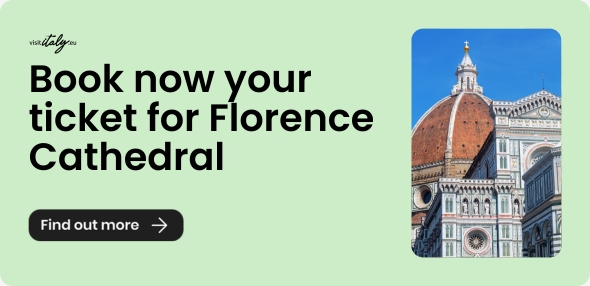
What to see and do in Tuscany: destinations and experiences not to be missed
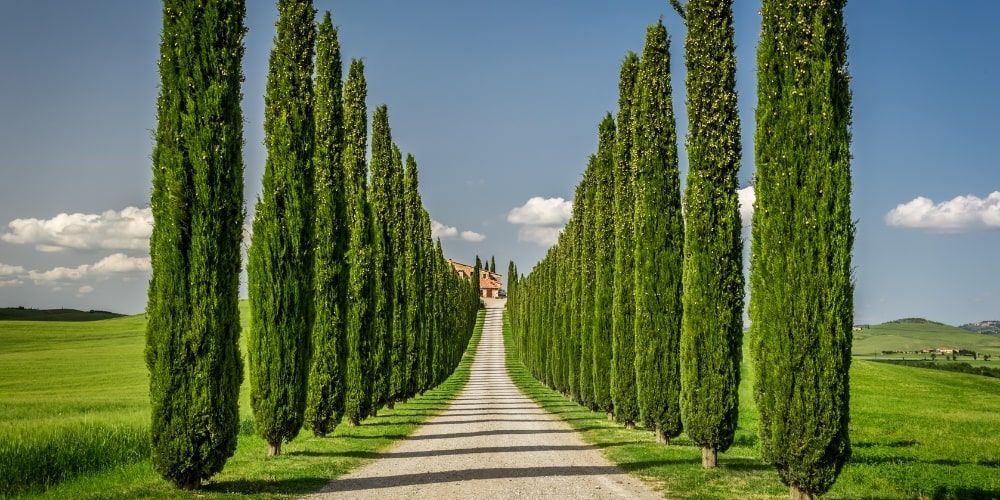
Land of artists and poets, green valleys and soft sandy beaches, also famous for its immense food and wine heritage. A list of good reasons to visit Tuscany would be basically endless. In every corner you can breathe a centuries-old history, which took place against the backdrop of a landscape that still today enchants and amazes.
To see Tuscany is to treat yourself to a journey through a thousand wonders, from naturalistic beauties to cities of art, large or small. But where to start?
Let's find out together what to see and do in Tuscany, the destinations and the experiences to to be missed.
10. What to see and do in Tuscany. Lucca
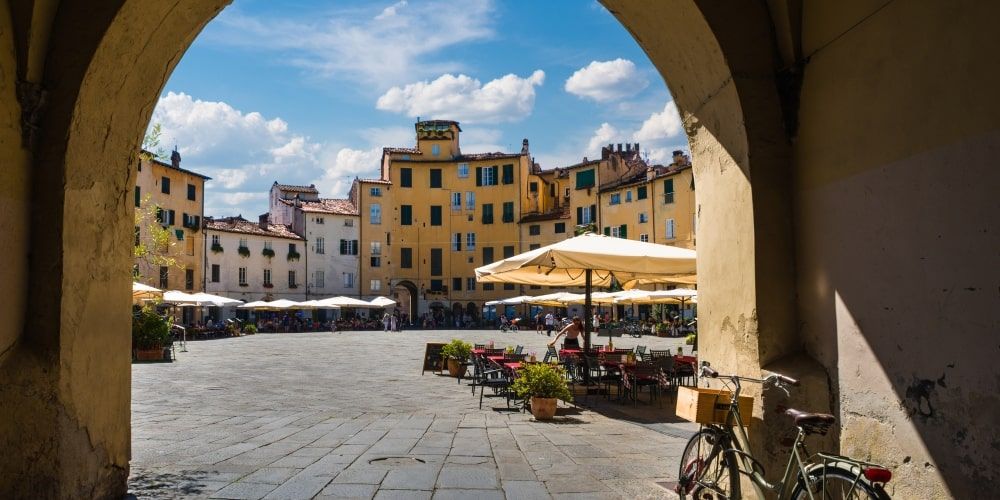
Our journey through the best things to see and do in Tuscany starts from Lucca. Famous for its churches and its towers, it also has another peculiarity, its walls are a large ring that can be entirely covered by foot. The walk is about 4 km long, and offers unforgettable views both on famous monuments and on the most hidden corners.
Not to be missed, in the city center, the Cathedral and the Church of San Michele, with their respective squares, Torre Guinigi, crowned by trees and Piazza dell’Anfiteatro, which has preserved the elliptical shape of the Roman forum that was located right here, centuries ago.
If you fancy a break in the greenery, don't miss the Botanical Garden, a beautiful public garden that also contains museums, herbaria and a library.
In addition to its museums, Lucca is also famous for being the home of what has become, over the years, one of the most important comics festivals in Italy and Europe. It is the Lucca Comics & Games, which takes place in early November and hosts tens of thousands of visitors every year.
Book Lucca + Pisa tour9. Tuscan Maremma
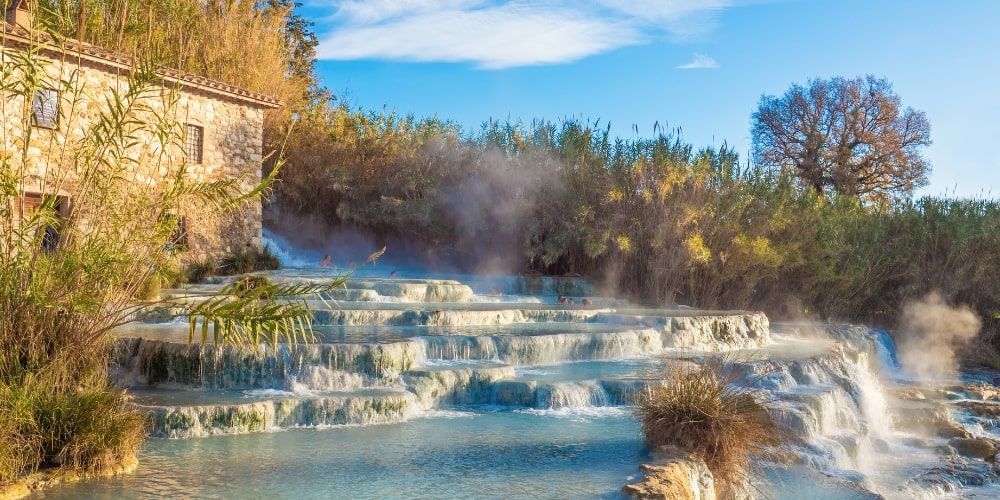
The coastal strip, the region called Maremma, is one of the places in Tuscany not to be missed, especially if you love the sea. The landscape is actually very varied and in fact includes the southern coast of the region, but also Mount Amiata, in the hinterland, with its 1700 meters and over in height.
Nature is the most important asset here, and is guarded by several WWF parks, reserves and naturalistic oases.
Next to the beach clubs there are also small hidden bays and free beaches, often semi-deserted, perfect for those who love wild nature.
If, on the other hand, you are looking for art and history, in Maremma you will also find a rich cultural heritage, from the Etruscan necropolis, to the ancient rock settlements, from the jewels of the Renaissance, to villages, such as the wonderful Pitigliano.
Right here, in Maremma, there are also the famous Saturnia thermal baths, where you can give yourself a healthy break in a spectacular nature.
8. Chianti
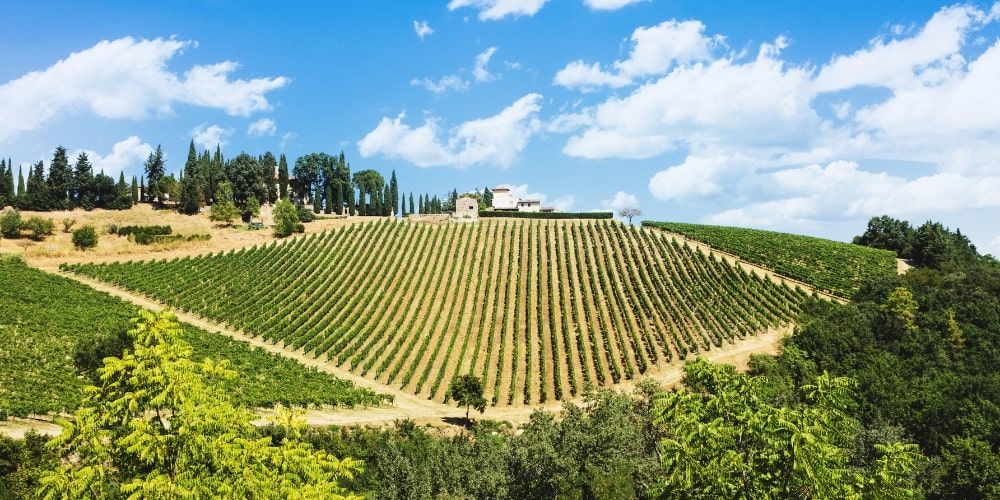
This region made of hills, small timeless villages, and expanses of sunflowers, is located between Florence and Siena.
In addition to its beauty, Chianti is also famous for its cuisine, for its cured meats, cheeses and oil in particular, but even more famous are its wines. Right here there is one of the most popular Wine Roads in Italy, created to promote the wine that bears the same name as the region.
Along the two main arteries that cross Chianti, the via Chiantigiana and the via Cassia, you will have the opportunity to visit many castles, such as that of Volpaia or Meleto, or tiny villages of medieval origin, such as Montefioraia, Vertine, Fioralle and many others.
The Chianti region is also crossed by a stretch of the Via Francigena, the ancient pilgrims' road, today a very popular itinerary for cyclists and trekking lovers.
Book Chianti tourYet at the end of my days I would like to walk againg on the road from Monte San Savino to Siena, with my sack on my shoulder, skirting that countryside of olives and grapes whose scent I can smell, then see Siena rise in the sunset with its minarets, like a Constantinople of perfection
7. Garfagnana
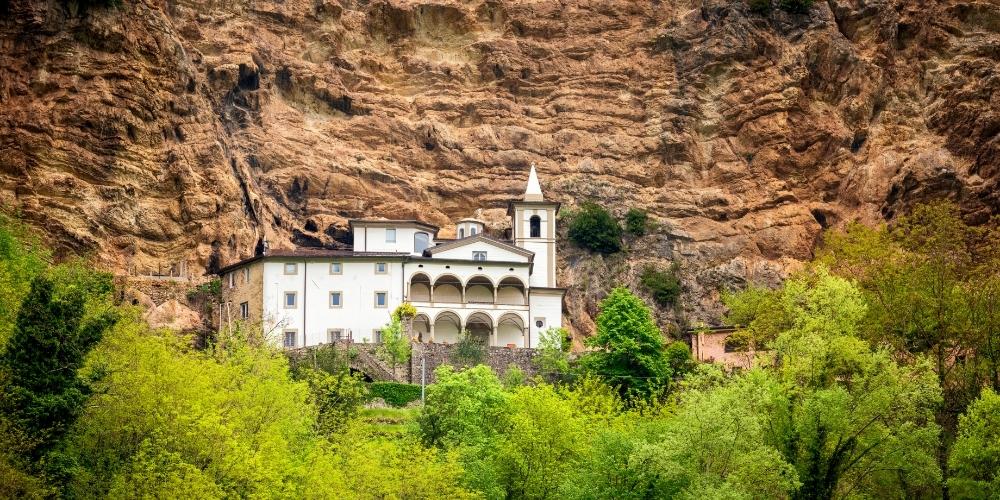
Between the Apuan Alps and the Apennines, Garfagnana is one of the most popular destinations in Tuscany for those who prefer to stay on the margins of mass tourism. Here you will find relaxation and tranquility among lush forests, rivers and very varied landscapes, as the altitude goes from 132 to over 2000 meters.
One of the major attractions of the area is the Devil's Bridge, so called because at the time of its construction it was considered an impossible work, therefore attributed to Satan indeed. The Orrido di Botri is also worth a visit: it is a spectacular natural gorge where eagles go to nest. Among the wonders of nature, an important stop is certainly the Grotta del Vento, one of the most beautiful caves in Italy.
Equally fascinating is the hermitage of Calomini, almost entirely carved into the rock.
As for the villages that populate the region, Castelnuovo di Garfagnana is probably the most famous thanks to its Cathedral and the Rocca Ariostesca, which owes its name to the poet Ludovico Ariosto who ruled the province for some years.
Even the small Barga, the adopted city of Giovanni Pascoli, is certainly worth a visit.
6. Pisa
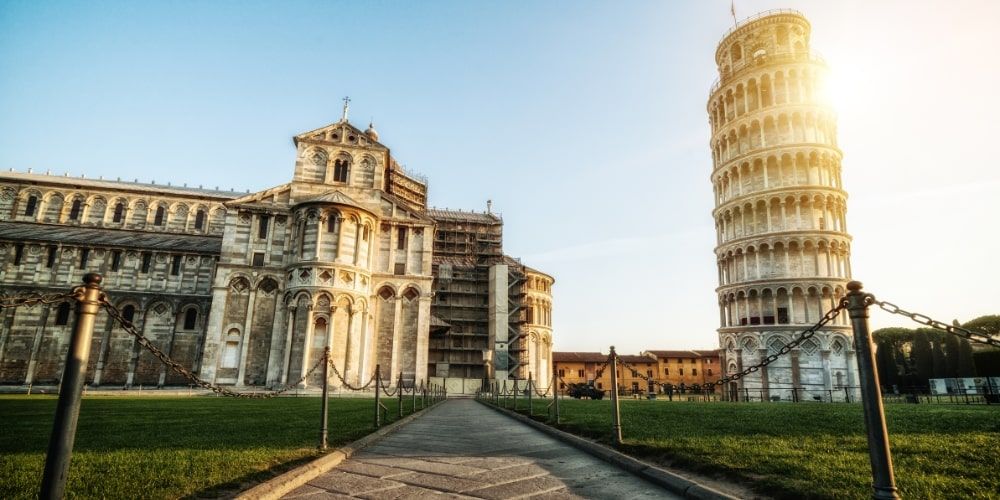
Pisa is the city of the famous Leaning Tower, the fulcrum of one of the most important monumental complexes in the world. In what the poet D'Annunzio renamed Piazza dei Miracoli, there are also the Cathedral, an extraordinary example of Romanesque art, the largest Baptistery in Italy, in Gothic style and the Camposanto, which once housed the remains of famous people.
The city of Galileo, anyway, is worth a visit for many other reasons. A walk on the walls, for example, to see the city from an unusual perspective, or on the banks of the Lungarno Mediceo, which will lead you to Palazzo Medici and to the church of Sant'Antonio Abate, where the huge mural by Keith Haring is located.
Among the many architectural beauties that make Pisa unforgettable, the awsome Gothic church of Santa Maria della Spina is an absolute must see.
Also not to be missed is the suggestive Piazza dei Cavalieri and Borgo Stretto, a district famous for its buildings with colorful facades and for the cafes that animate the long arcades.
Check out our one-day in Pisa itinerary to discover all the best things to do and see in the city if you are short on time.
Get your Pisa Audio Guide5. Tuscan Archipelago
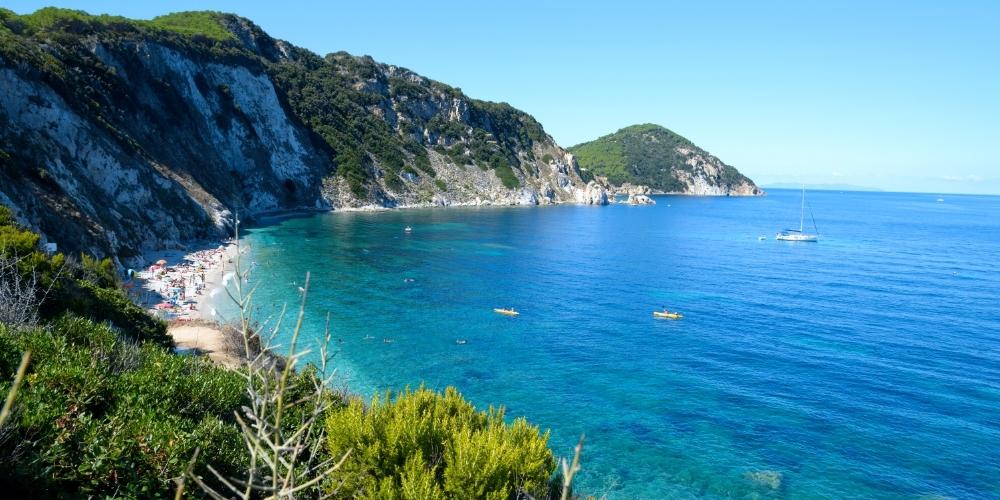
There are seven beautiful islands that make up the Tuscan Archipelago National Park.
Very popular in summer for the beaches and the spectacular backdrops to explore, they are also wonderful in spring, to visit the inhabited villages, the fortresses or to go trekking in an often uncontaminated nature.
The largest islands, Elba and Giglio, have beaches and coves, shops and historical sites to visit, while Giannutri, the smallest one, is a snorkeling paradise. The same goes for Capraia, famous for its underwater archaeological finds.
Pianosa and Montecristo, on the other hand, are home to natural reserves of great value, in fact access is allowed to a limited number of people. Montecristo also owes its fame to the well reknown novel by Dumas, the Count of Montecristo, whose title refers indeed to the Tuscan island.
Finally, the small island of Gorgona is home to a prison house.
4. Florence
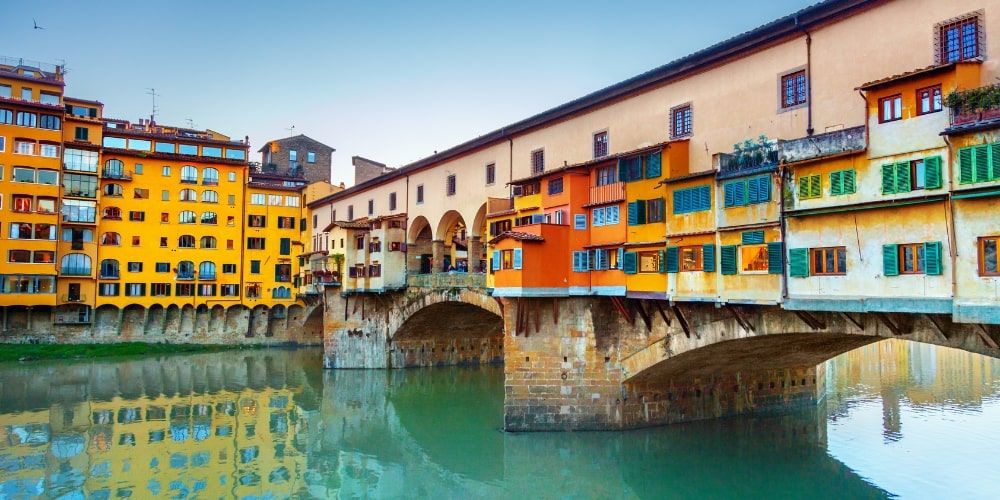
It is difficult to describe the city of Dante Alighieri in a few words, but a stop in the cradle of Italian culture absolutely has to be included in your trip to Tuscany.
You are spoiled for choice as far as art is concerned, but the best known museum in Florence is the Uffizi Gallery, near one of the most famous squares in the city, Piazza della Signoria. Here you will also find one of the iconic monuments of Florence, Palazzo Vecchio.
The symbol of the city is the Cathedral of Santa Maria del Fiore, with the Baptistery and Giotto's Bell Tower. Here you can enjoy many works by some of the people who have defined Western art, beside Giotto, of course, Brunelleschi, Ghiberti, Donatello and also many others.
Walking along the banks of the Arno, then, you will reach Ponte Vecchio, the covered bridge famous for its goldsmith shops.
In Florence there are also a few parks, the best known is the one that belongs to Palazzo Pitti, the Boboli Gardens: a typical example of an Italian garden, full of caves, fountains, statues and so on.
P.S. Have a look at our guide with all the best of Florence in 2 days.
Get your Florence PassTuscany is a magic land where everything is kind all around, everything is old and new
3. Siena
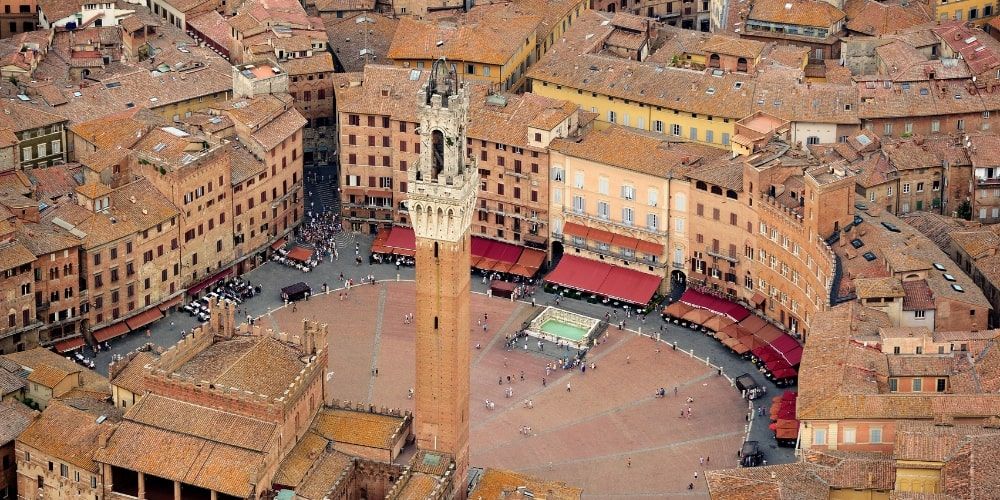
Siena is an unmissable stop, certainly among the most beautiful cities that you will see in Tuscany, and also one of the most important medieval cities in Italy. Here the Palio takes place, the traditional horse race which is a fundamental part of the town's culture for many centuries. The districts in which the city is divided compete against each other every year, in front of a very wide audience.
The heart of Siena is Piazza del Campo, with its characteristic shell shape, bordered by some of the most important medieval buildings in the town. Palazzo Pubblico, for example, now home to the Civic Museum is where you will find the masterpieces of artists such as Lorenzetti and Simone Martini. Palazzo Sansedoni, the Loggia della Mercanzia and Fonte Gaia, the marble fountain created by Jacopo della Quercia, are some of the other monuments that make this square unique.
A visit to Siena, however, would not be complete without its Cathedral, an extraordinary architectural work where Romanesque and Florentine Gothic meet. Some of the treasures that this church holds are signed by artists such as Donatello, Pinturicchio, Pisano and Michelangelo. Also famous is the polychrome marble floor, unique of its kind for the richness and complexity of the decoration.
Visit Siena Duomo2. Val d'Orcia
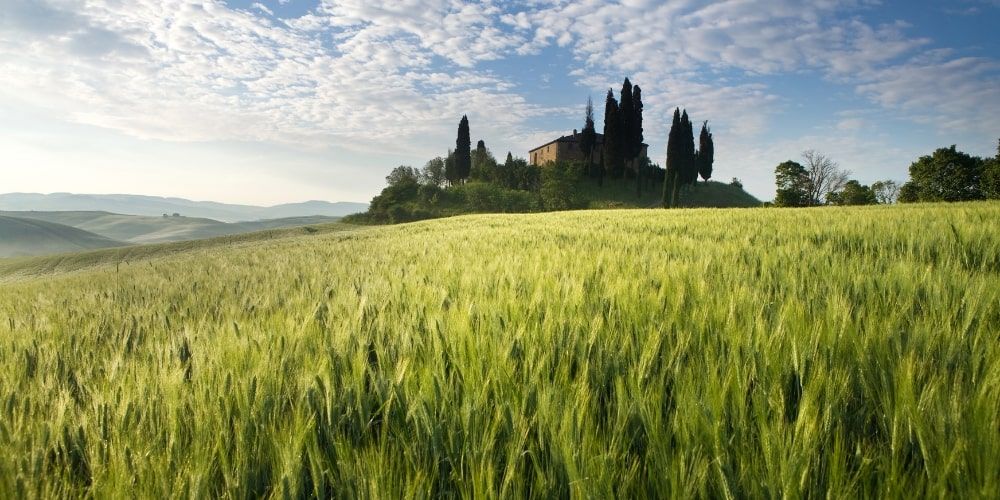
It is located almost on the border with Umbria, this valley where you can admire the hills, the meadows, the long rows of cypresses and all those magnificent landscapes that have made Tuscany famous in the world.
The beauty of the Val d'Orcia often inspired Renaissance painters, and in 2004 this valley became a UNESCO heritage site thanks to its spectacular nature and its immense cultural heritage.
Castiglione d'Orcia, Pienza and San Quirico d'Orcia are just some of the wonderful villages found here. Without forgetting Montalcino, another beautiful village, famous especially for being the home of one of the most well known wines in the world, Brunello di Montalcino.
In fact, throughout the Val d'Orcia, you will be able to taste an infinite number of delicacies, such as truffles, mushrooms, cured meats and an extra-virgin olive oil of the highest quality.
Book Val d'Orcia Vineyard Tour + Wine Tasting1. Val d'Elsa
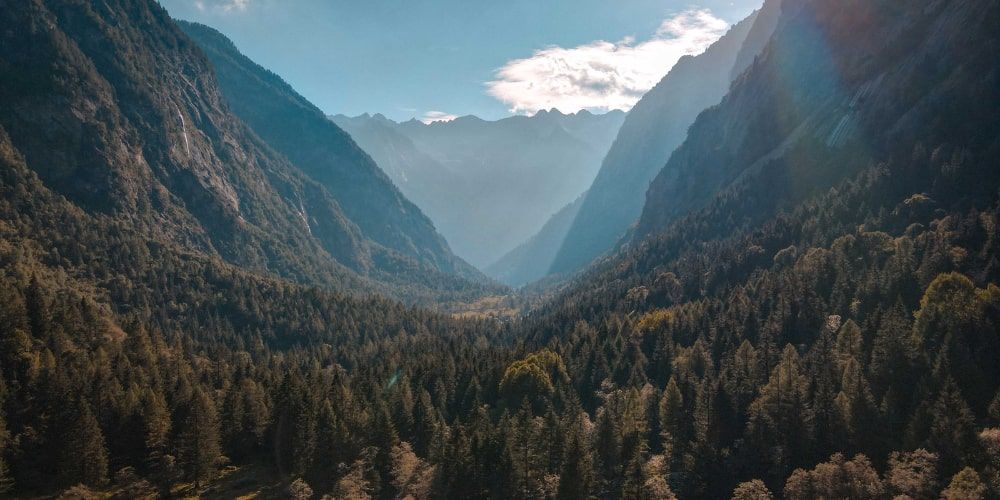
South of Florence there is a place of immense charm, it is the valley carved by the Elsa river, one of the most beautiful and important in Tuscany.
There are several paths that crisscross the valley, for example the one that goes thorugh the Elsa River Park. Along this beautiful walk you can visit the unmissable naturalistic beauties of the area, such as the Grotta dell'Orso or the thermal springs called Caldane, already frequented by the ancient Etruscans. Or maybe you take a bath in the cool waters of the river.
As crowns on the rolling hills of the Val d'Elsa, there are some of the most beautiful villages in Italy, such as San Gimignano, the city of a hundred towers. This small borough, UNESCO heritage, is also famous for the production of saffron.
Not so far there's Volterra, with the famous Cathedral and the equally important Palazzo dei Priori. Recently it become famous as a film set, but Volterra has been well known for centuries for the skill of the craftsmen who work alabaster. You will find their beautiful works almost everywhere in the city, large like furniture or small like jewelry.
If you visit Val d'Elsa do not miss Monteriggioni. This tiny medieval walled village has remained basically intact over the centuries. Its 14 defensive towers are the same that Dante remembered in the Divine Comedy; you can still stroll along the patrol walk to admire the landscape of the surrounding valley.
Book San Gimignano tourExtra tips for your trip to Tuscany. What to do in Tuscany countryside
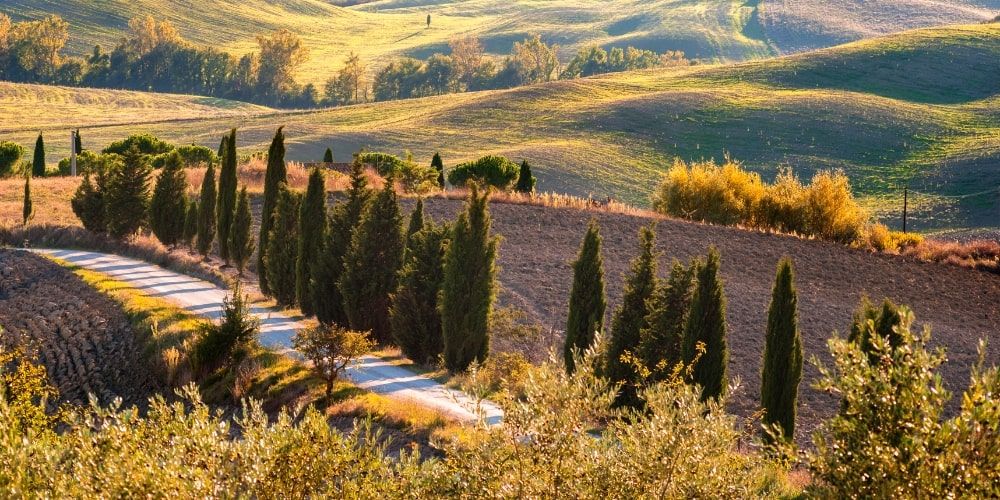
The Tuscan countryside is a celebration of colours, fragrances, postcard-perfect views, and serene retreats.
Get lost among the rows of vines along those winding roads that are practically begging for an Instagram post, sip a glass of Chianti right from its source or take a sunset horseback ride as the hills light up in golden hues.
Hop on a bike, pedal through vineyards and ancient farmhouses, and swing by one of the many local agriturismi to sample cheeses, extra virgin olive oil, and honey. For an exclusive nature-immersive experience, why not try glamping?
https://www.tiqets.com/en/checkout/tickets-for-wine-experience-in-chianti-hills-and-city-from-florenBest places in Tuscany countryside
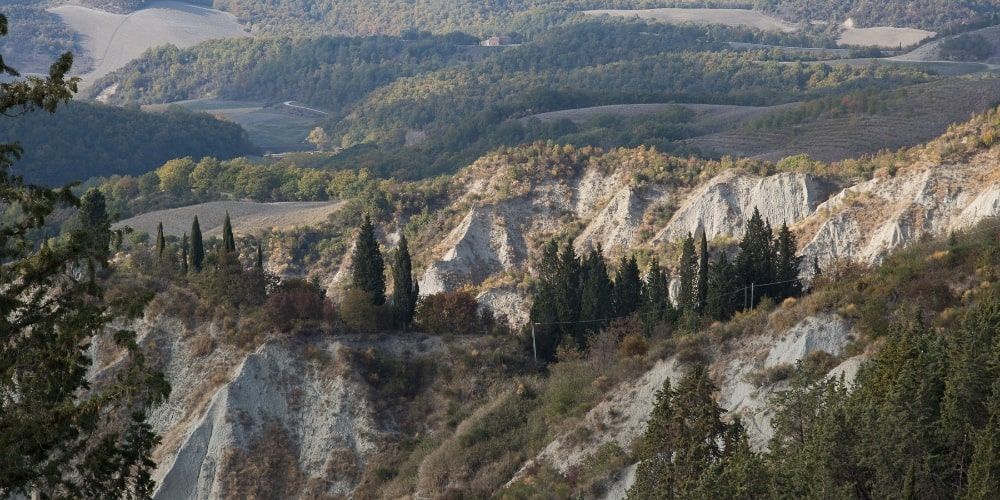
Tuscany's inland region is full of incredible sights, including Valdichiana, Valdarno, and Padule di Fucecchio. One of the must-visit destinations is Val d'Orcia, a UNESCO World Heritage site renowned for its stunning hilly landscape adorned with cypress trees and dramatic villages like Pienza and Montalcino.
With its rows of vineyards, historic wineries, and hidden gems, the Chianti region—stretching between Florence, Siena, and Arezzo—is one of the most incredible corners of the Tuscan countryside and the heart of its winemaking tradition. Crete Senesi, a spectacular area known for its clay hills and lunar-like vistas, hides treasures such as the Abbey of Monte Oliveto Maggiore and the picturesque towns of Buonconvento and Asciano.
Book tour Tuscany countryside + wine tastingsUnusual things to do in Tuscany
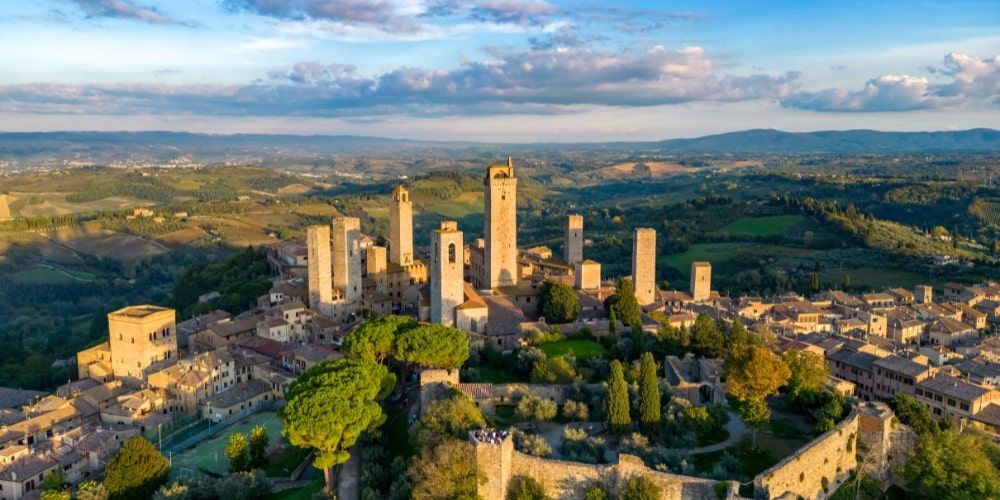
For an unusual experience, visit Terme di Saturnia and bathe in spectacular waterfalls. Or head to San Gimignano for the thrill of a hot air balloon ride; you'll soar above the medieval towers with a breathtaking view of the Tuscan countryside.
Among Tuscany's hidden gems, don't miss the Devil's Valley fumaroles, the ancient Etruscan Vie Cave, or Fabbriche di Careggine, a submerged ghost village that surfaces from Lake Vagli only on rare occasions. For something truly extravagant, explore the Tarot Garden by Niki de Saint Phalle in Maremma, an open-air museum filled with large-scale installations inspired by the major arcana.
Get your San Gimignano PassThings to do in Tuscany with the family
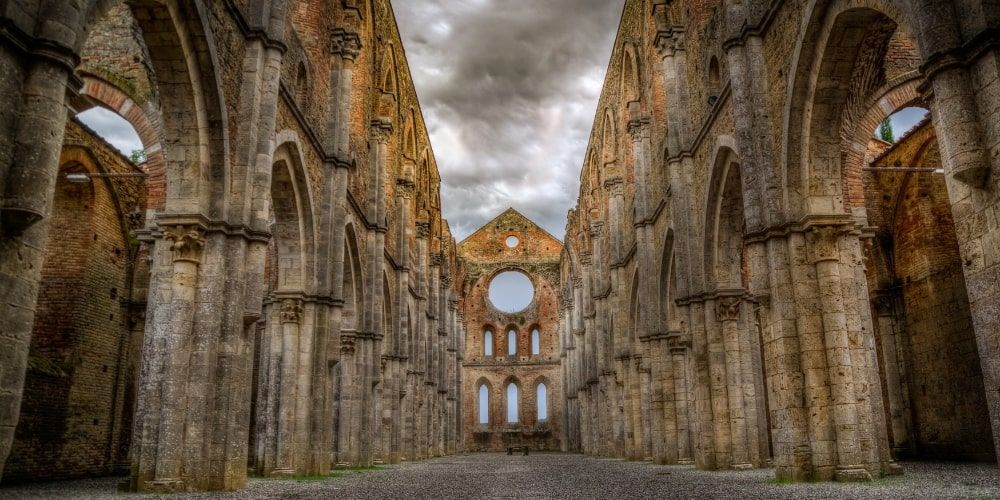
Planning a trip to Tuscany with kids? Head to Pinocchio Park in Collodi, the theme park inspired by the most famous puppet of Italian literature. For a day out in nature, the Maremma Natural Park has easy trails through woods and beautiful beaches.
For a legendary mood, visit San Galgano and uncover the Italian version of the sword in the stone. For an educational experience, look for a farm in the Chianti hills, where children can learn to make cheese and get a taste of rural life.
For a journey back in time, stop by the Civic Museum for Prehistory of Mount Cetona and the Belverde Archaeological Nature Park: little explorers will learn everything about the Neanderthals and how they lived.
Best places to visit in Tuscany by car
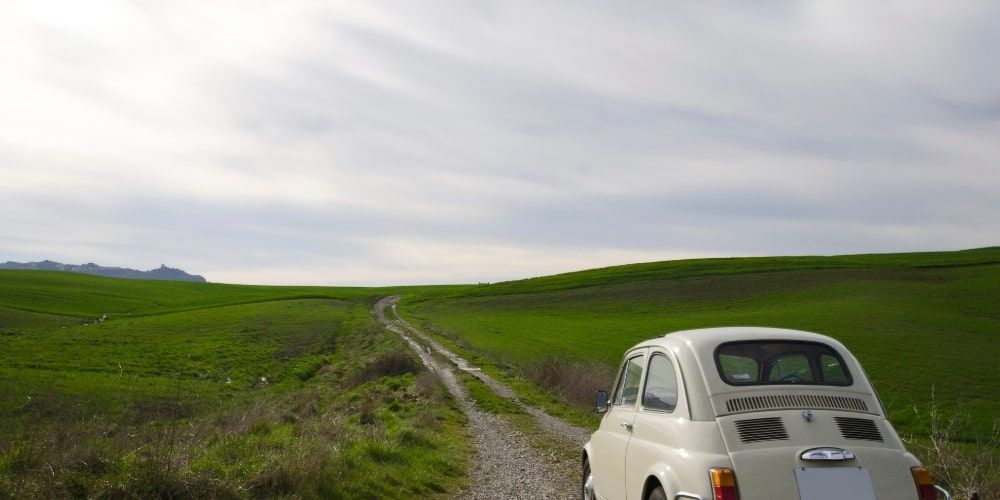
Travelling through Tuscany by car is a fantastic way to experience the region, discover scenic routes and visit charming, lesser-known villages along the way.
Start your adventure in Arezzo, then journey to Val di Chiana to uncover spots like Civitella and Monte San Savino. After that, head towards the Tyrrhenian coast to find out why so many Italians love it for their summer holidays.
From the coast, continue your exploration to Volterra, Lajatico, and San Miniato.
Next, make your way to Pisa, then venture further into the Apuan Alps and Garfagnana for even more breathtaking landscapes and hidden treasures.
Book experience in ArezzoNon touristy things to do in Tuscany
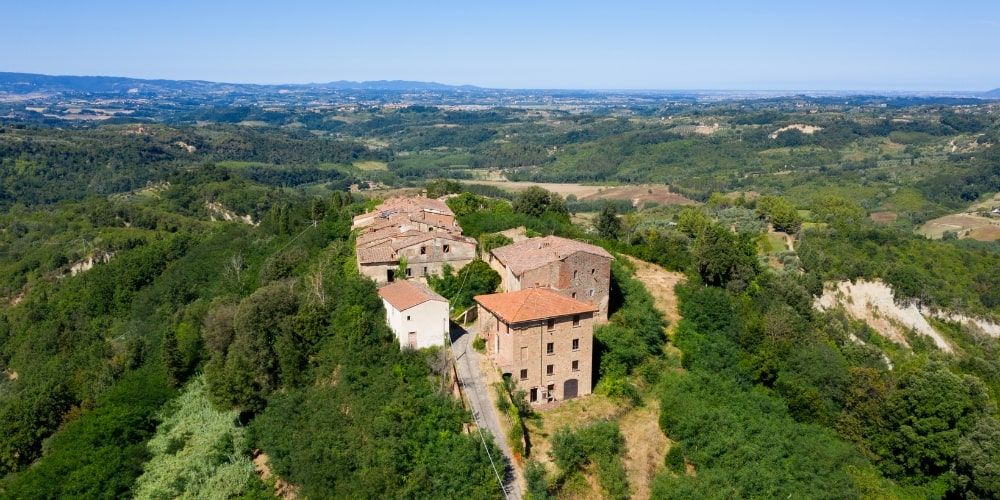
To discover an unusual and less touristy Tuscany, embrace the local pace of life. To do so, take a look at our local itineraries dedicated to Florence, Pisa, Siena, and Elba Island.
An unconventional Tuscany itinerary could explore ghost villages like Toiano, Villa Saletta, Bugnano, and Isola Santa. Also, venture along the lesser-known trails of the Orecchiella Park in Garfagnana, an outdoor paradise in the region, or wander through San Rossore Park between Lucca and Pisa.
Carve out some time to browse local markets (Sant’Ambrogio in Florence is the oldest in town) and join a village festival to experience Tuscany’s most authentic traditions. In winter, enjoy the most magic Christmas markets that sprout all over the region.
Most beautiful places to visit in Tuscany
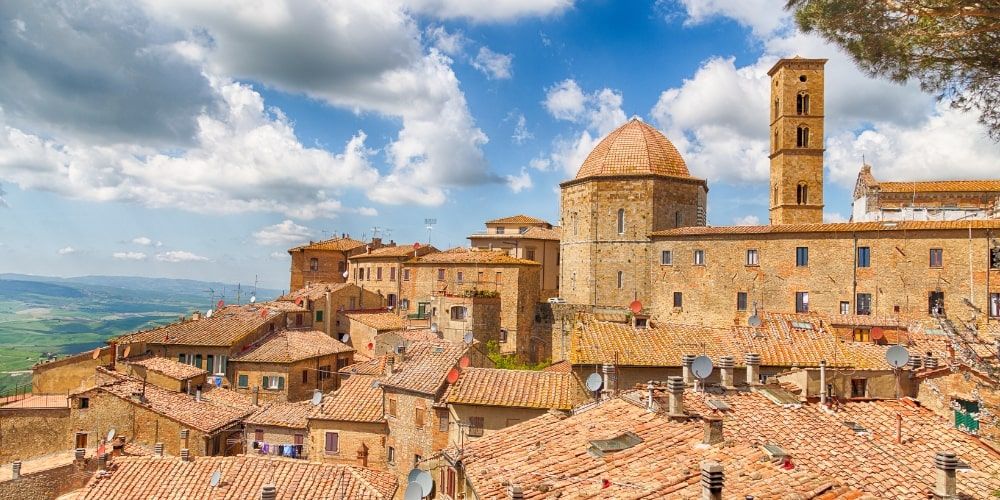
In addition to the places and activities suggested in our top 10 list of the best things to see and do in Tuscany, there are countless other points of interest worth exploring.
Beyond the most famous tourist destinations, there is a whole world of hidden corners and (almost) secret treasures waiting behind every turn or town wall. Here are a few must-see destinations:
- Montepulciano, a medieval village between Valdichiana and Val d’Orcia, renowned for its Vino Nobile. Don’t miss Piazza Grande and the Cathedral of Santa Maria Assunta.
- Volterra, an ancient Etruscan town with historic walls and a Roman Theater. Visit the Etruscan Museum and stroll through the narrow cobblestone streets; Twilight fans will recognize the dark, atmospheric setting of the saga.
- Cortona, the beautiful town in the province of Arezzo, home to a storied hermitage where Saint Francis once lived.
- Pitigliano, a perched village known as the “Little Jerusalem” for its ancient Jewish community.
- The Abbey of San Galgano, the extraordinary ruins of an ancient Cistercian abbey, and the Sword in the Stone preserved at the Montesiepi hermitage.
Book experience in MontepulcianoBest small towns in Tuscany
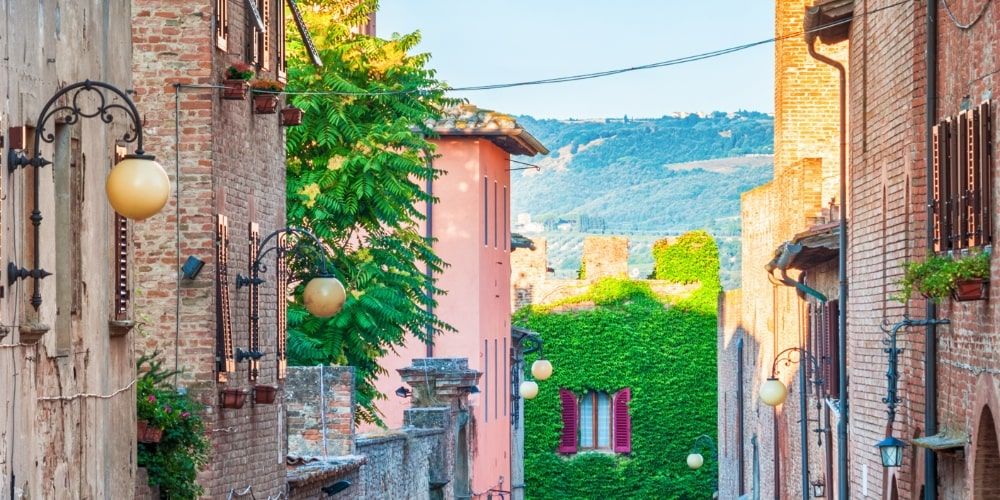
If you're wondering what to see and do in Tuscany, chances are you have in mind the classic medieval and Renaissance towns that, together with the art cities and countryside landscapes, make up one of the region's biggest draws.
Be sure to catch Anghiari, the site of the 1440 epic battle (between the troops of the Republic of Florence and those of the Duchy of Milan) depicted in a legendary lost mural by Leonardo da Vinci; San Miniato, the truffle capital and a must-visit for food lovers; Certaldo, the birthplace of Boccaccio, just a few kilometres from Florence; Volpaia, a charming fortified village in the Chianti region.
See our article dedicated to the most beautiful small towns in Tuscany to learn more.
Visit a small town in TuscanyWhere to go in Tuscany in the Summer
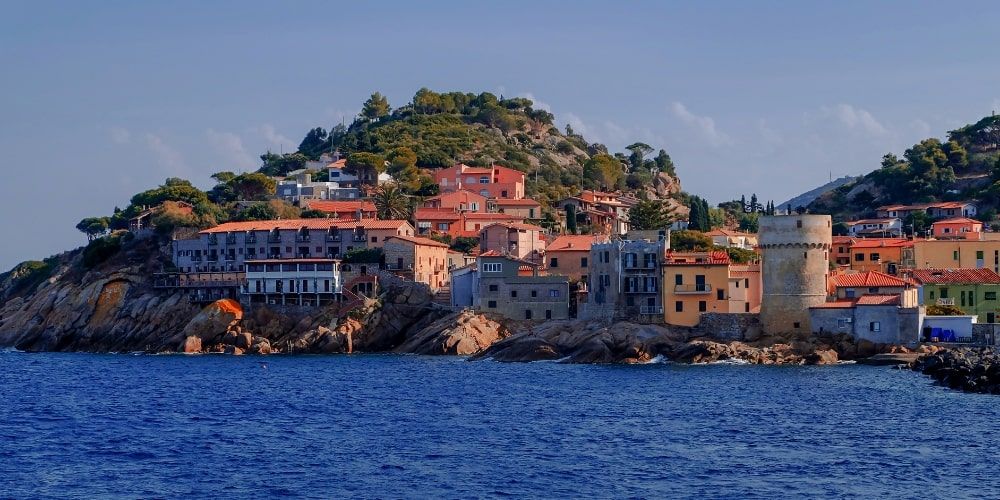
Visiting an art city when temperatures soar above 40 degrees may not be the most pleasant experience. When the heatwave strikes, it’s better to head for the coast: Marina di Alberese for its wild charm or Forte dei Marmi for a touch of glamour.
Alternatively, take a boat trip on Lake Massaciuccoli or a tour of the islands to explore the region’s most beautiful beaches, from Cala del Gesso to Feniglia.
Benefit from sunny days to ride a Vespa through Tuscany’s countryside or join a medieval reenactment: Calcio Storico in Florence, the acclaimed Palio di Siena, Giostra di Arezzo, or Giostra dell’Orso in Pistoia.
Book Vespa tour in TuscanyWhat to see in Tuscany in 3 days
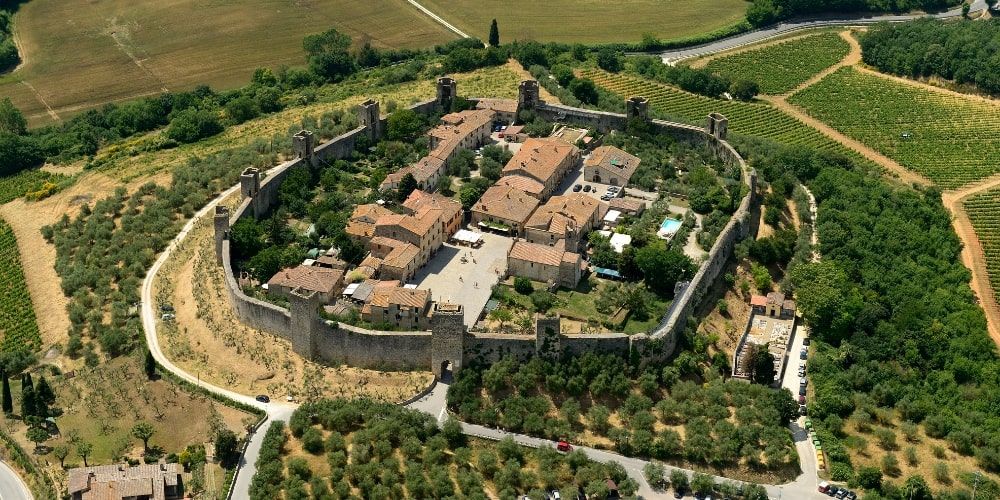
If you’re planning a weekend getaway to Tuscany, there are numerous ways to curate an unforgettable itinerary.
Begin your adventure in Siena, explore Piazza del Campo and the Duomo, and then head to Monteriggioni, a charming medieval village that’s easy to visit even if you’re short on time. O
n the second day, explore Val d’Orcia and its local specialities: Pecorino di Pienza, Cinta Senese cured meats and bean soup. End the day with a sunset at the natural hot springs of Bagno Vignoni.
On day three, visit Volterra and San Gimignano. In this lovely town famous for its towers, wrap up your tour with delicious gelato from one of Italy’s finest gelaterias.
Can you treat yourself to a longer trip? Then you really must check out our tips for spending the perfect week in Tuscany.
Top 10 places to visit in Tuscany
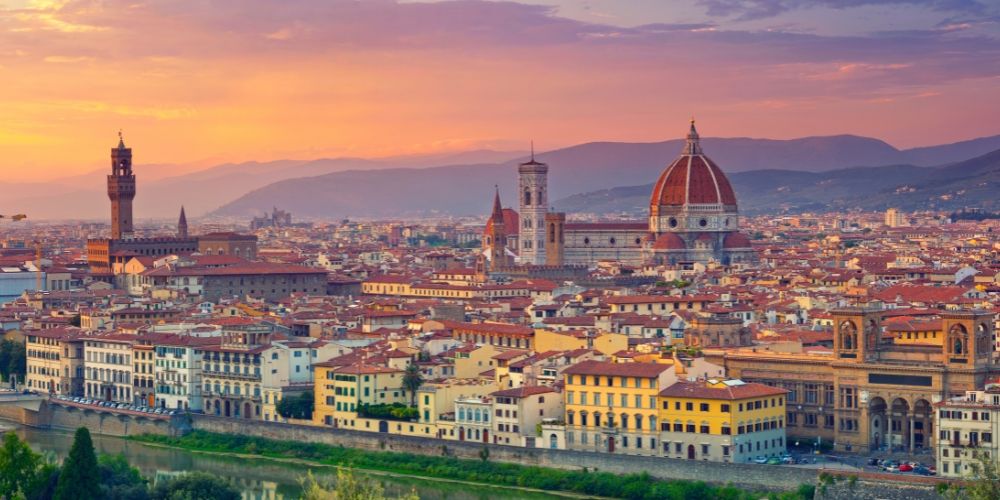
Tuscany boasts a parade of sensational places and experiences. Some are world-famous, while others require more curiosity and a sense of adventure to uncover. Cities, villages, landscapes, beaches, and nature reserves: deciding what to see and do in Tuscany can be challenging. Here's a list that will satisfy everyone, even the most indecisive:
- Lucca, an ideal city for a slow stay, perfect for biking and strolling among historic monuments and cosplayers.
- Maremma, a mix of wild corners, forests, beaches, and art. What more could you ask for?
- Chianti. Not just wine (though that would be enough): rolling hills, ancient farmhouses, and a dreamlike atmosphere.
- Garfagnana, a lesser-known corner of Tuscany, shaped by forests, trails, and small villages.
- Pisa. Yes, there's the Leaning Tower, and while it's worth stopping there, make sure to explore beyond it!
- Tuscan Archipelago, seven dreamlike islands, with Elba as the queen, offering crystal-clear waters and tranquil escapes.
- Florence, Renaissance at every corner: art, architecture, and a vibrant energy. Yes, it's a must even if you're not a fan of museums.
- Siena, a city of medieval elegance. You don't need to be a fan of the Palio to fall in love with it.
- Val d'Orcia, where cypress trees and endless hills will make you stop and ask: "Is this even real?"
- Val d'Elsa, one of Tuscany's most picturesque areas, home to some of the most beautiful towns and villages in Italy, like San Gimignano, Volterra, Certaldo, and Colle di Val d'Elsa.
About the author
Written on 27/04/2022

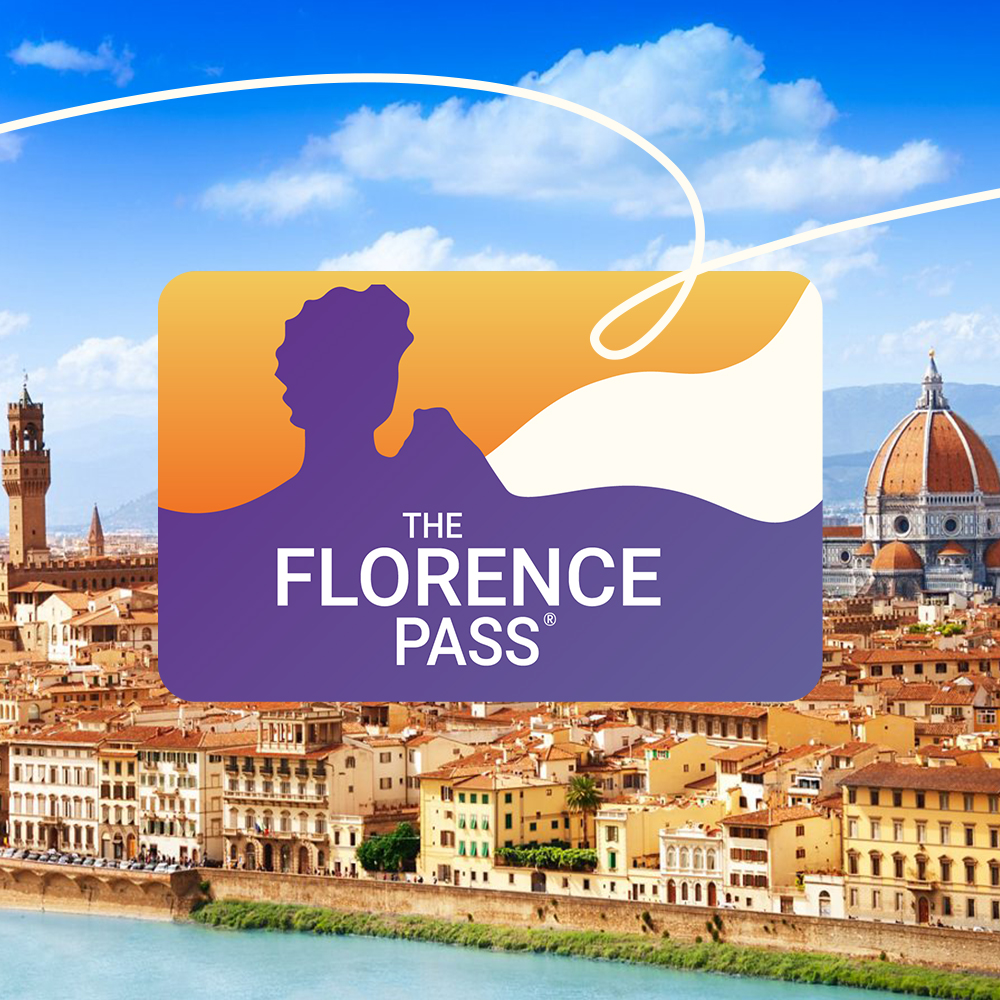
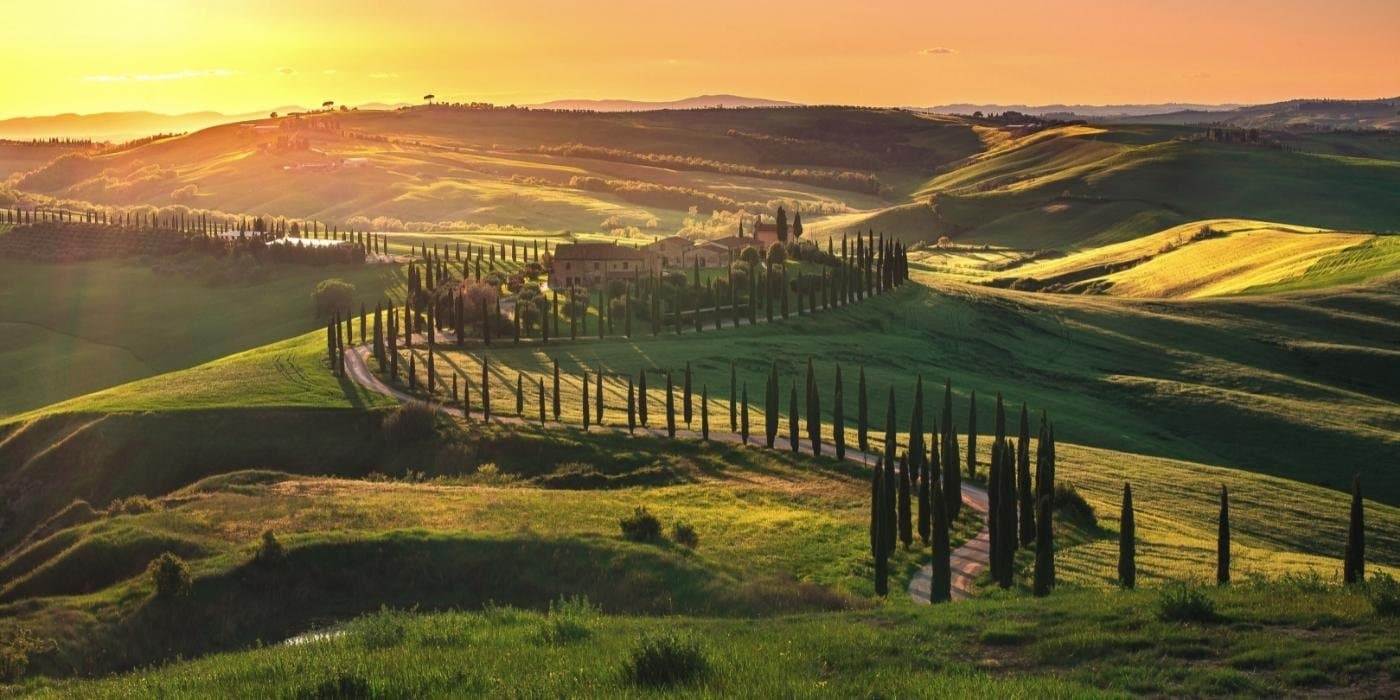

Paola Cirino
What to see and do in Tuscany? The beauty is so vast that choosing can be difficult. Here are the 10 places and experiences you can't miss.